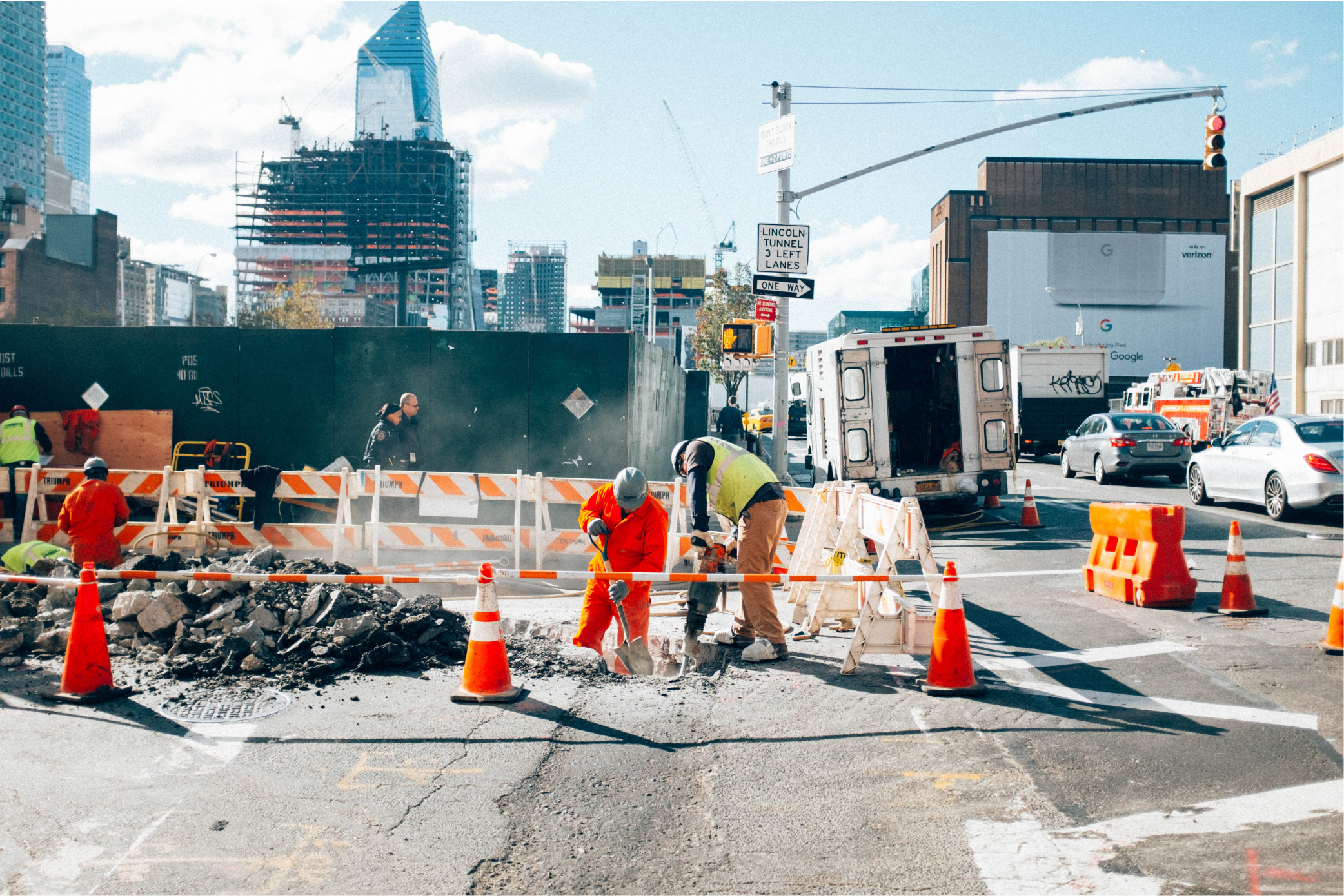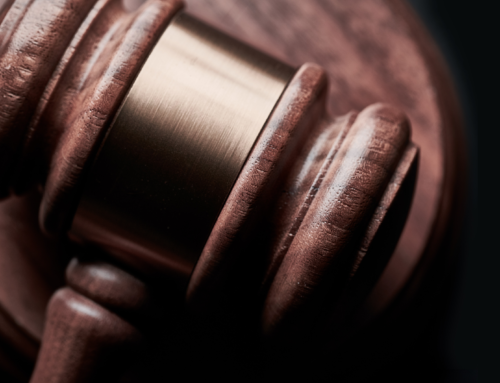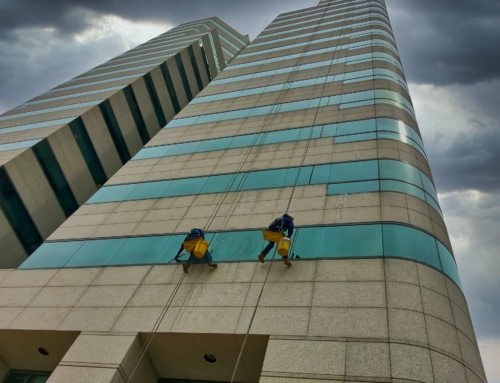On many construction projects, there are complaints of defective workmanship, products, etc., which may end up in litigation or arbitration.
The statute of limitations in Rhode Island is ten years for breach of contract and three years for negligence. Therefore, it is imperative that if there is a potential dispute concerning workmanship, prod~cts, etc., that the applicable contractor save and keep that portion of the workmanship at a safe place in the event that there is in fact litigation and/or arbitration.
Of course, photographs are extremely important in any disputed issues with another party.
The Rhode Island courts, as well as other courts have determined that in the event that evidence is “spoiled” or discarded, there may be an inference that had the defective work, etc., been saved by the applicable contractor, that that evidence would be adverse to the applicable contractor and therefore, there is an inference that the contractor discarded the evidence, since it was adverse to its position.
Obviously, once a contractor’s work has been removed or altered, the “as-built” condition is no longer available for inspection or documentation by an expert or testing laboratory.
Courts have from time to time issued sanctions, including attorney’s fees and costs to the opposing party, and on occasion, have dismissed cases for spoliation of evidence.
In addition to saving the “evidence,” advance notice must be given to the other party that there will be in fact a demolition, repair or retrofit of the contractor’s work in order to give the other party an opportunity to be at the site.
In the event of an issue with workmanship, it is imperative to have an appropriate expert or testing laboratory review the issue before it is retrofitted, removed or replaced. Also, any issues that concern workmanship should be noted in job minutes, photographs, time records, logs, video documentation, or any other means of preserving the evidence.





